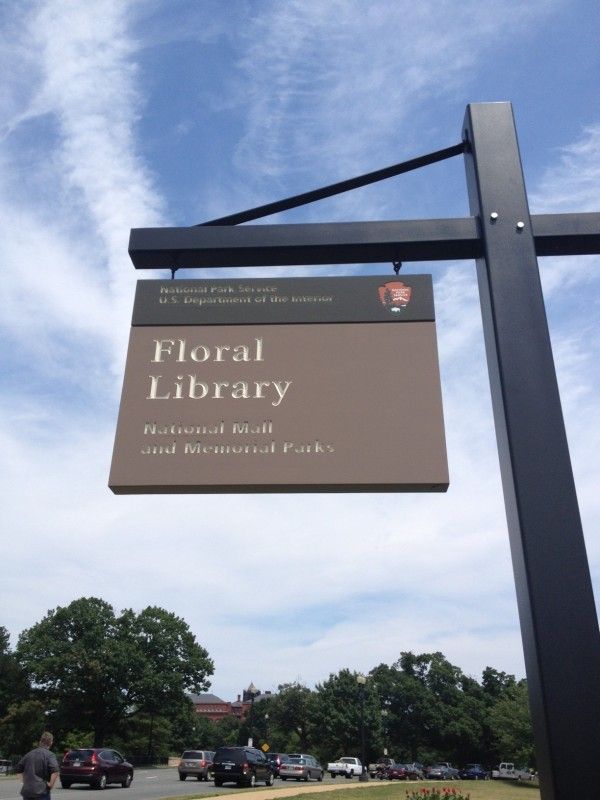
I had the wonderful opportunity to interview Alice McLarty, Landscape Architect, and Maureen Joseph, Regional Historic Landscape Architect, about the floral library. There are few links online that talk about the library's history or current care. This one mentions the tulip garden, however the article from the National Park Service is actually almost exclusively about tulips. Alice and Maureen were kind enough to fill me in on the details. I'd like to say that their jobs are fascinating. I'd talk more about them, but this post would go on forever. I'll just say I love being a librarian, but were I to go back in time and have a choice, I might choose historic landscape architect as a career.
When the library began to bloom in the spring of 1969, there were 95 varieties of tulips planted in groups of 100 to 200. Then Regional Director Nash Castro said in a press release from March 1969, "The concept of the library is to give interested persons an opportunity to study and compare the tulip varieties as well as view them at close range and at a leisurely pace." There were three seasonal plantings with Tulips in the spring, annuals in the summer, and chrysanthemums in the fall
The beds haven't changed much in the intervening 43 years. There are now 93 beds due to sidewalk widening a few years ago. There are two planting seasons, tulips and annuals, and the annuals tend to last into the fall. The ground maintenance staff maintains the beds and McLarty manages the ordering and evaluates how plants are doing. McLarty said of the selection, "The varieties generally are the same year after year, but with substitutions by the grower for various reasons, and changes by our staff if we see that a particular plant is not doing well. Or if conditions change, such as the elimination of shade loving annuals after the huge elm tree, which had shaded the west end for years, died. We have no shade loving annuals anymore, but someday we will again when the replacement elm gets larger."
The layout has remained essentially the same. This link takes you to the 2012 library map. You can see the shift from 95 to 93 beds, when compared to this library map for the chrysanthemums from 1971.
 This announcement shows the original designer, Darwina Neal, among the tulips.
This announcement shows the original designer, Darwina Neal, among the tulips.  These pictures were taken in July, when the annuals were in bloom. The official name of this library without books is the Floral Library, however many people still refer to the beds as the Tulip Library. It's not known why, as McLarty mentioned, even when it started it had three distinct planting seasons.
These pictures were taken in July, when the annuals were in bloom. The official name of this library without books is the Floral Library, however many people still refer to the beds as the Tulip Library. It's not known why, as McLarty mentioned, even when it started it had three distinct planting seasons. 
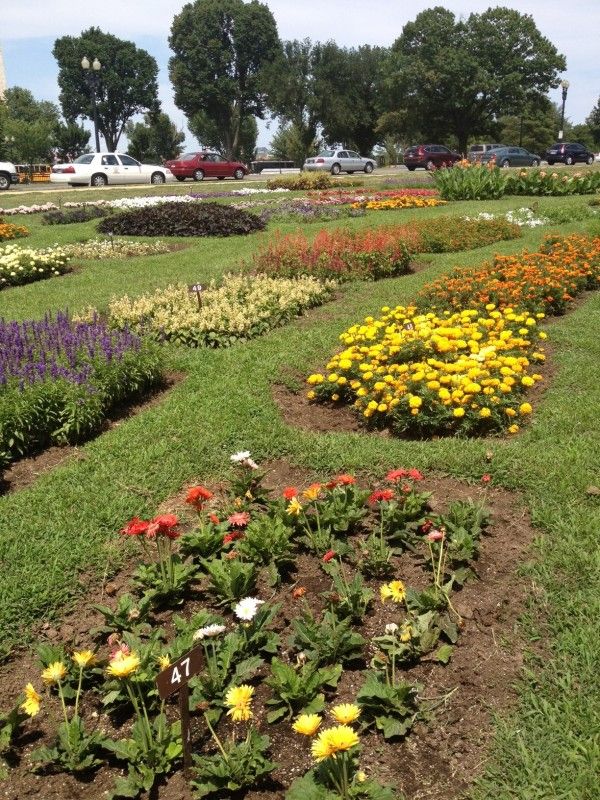
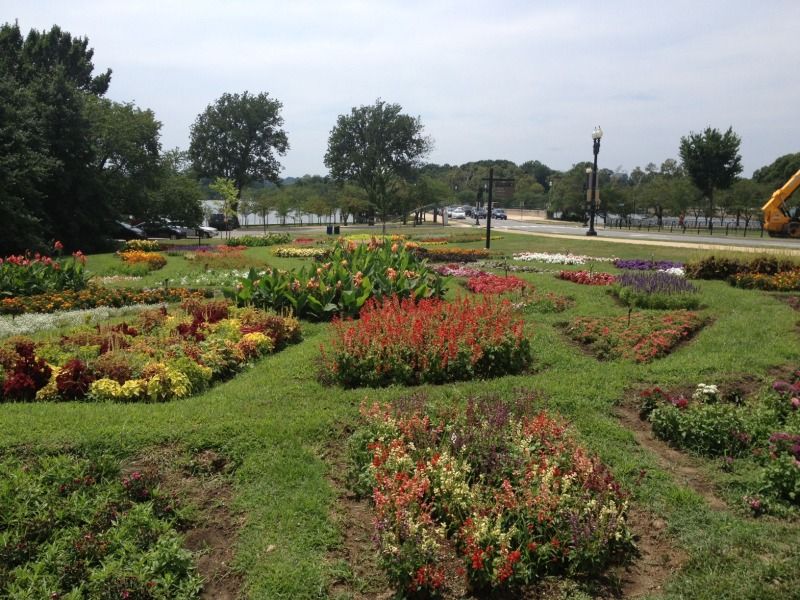
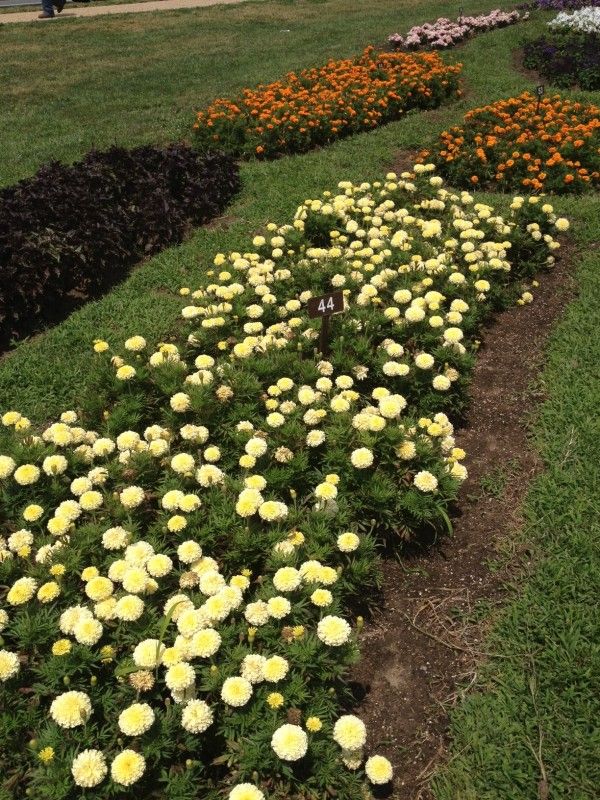
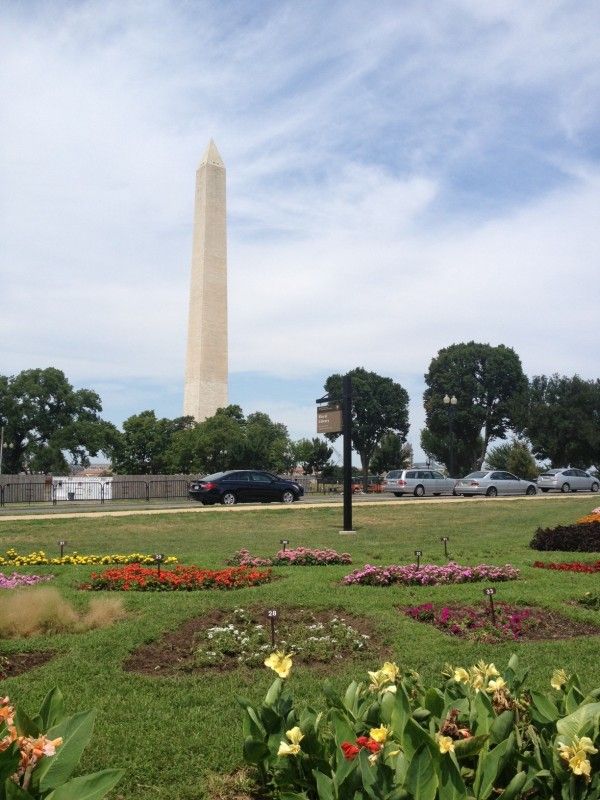
This kinda reminds me of the Chelsea Physic Garden in London. http://www.chelseaphysicgarden.co.uk/index.html
ReplyDeleteNever thought of gardens like these as libraries but I guess they kind of are. Neat!
Thanks for the comment and link. That's a beautiful garden. Gardens as libraries hadn't occurred to me either, until I started working on this post. Darwina Neal (in the press release picture) provided more information about the floral library, and gave permission to include it with the post:
ReplyDelete"Although the original concept was to be a Tulip Library, it was later changed to be a Floral Library, so it could be of interest throughout the growing season. Thus annuals were planted after the tulips, and chrysanthemums in the fall. The Floral Library was to showcase different varieties of tulips, annuals and mums to not only the public, but also so the Beautification Task Force and park horticulturists could use it to evaluate which varieties were most effective to use in floral displays in the various parks in succeeding years."